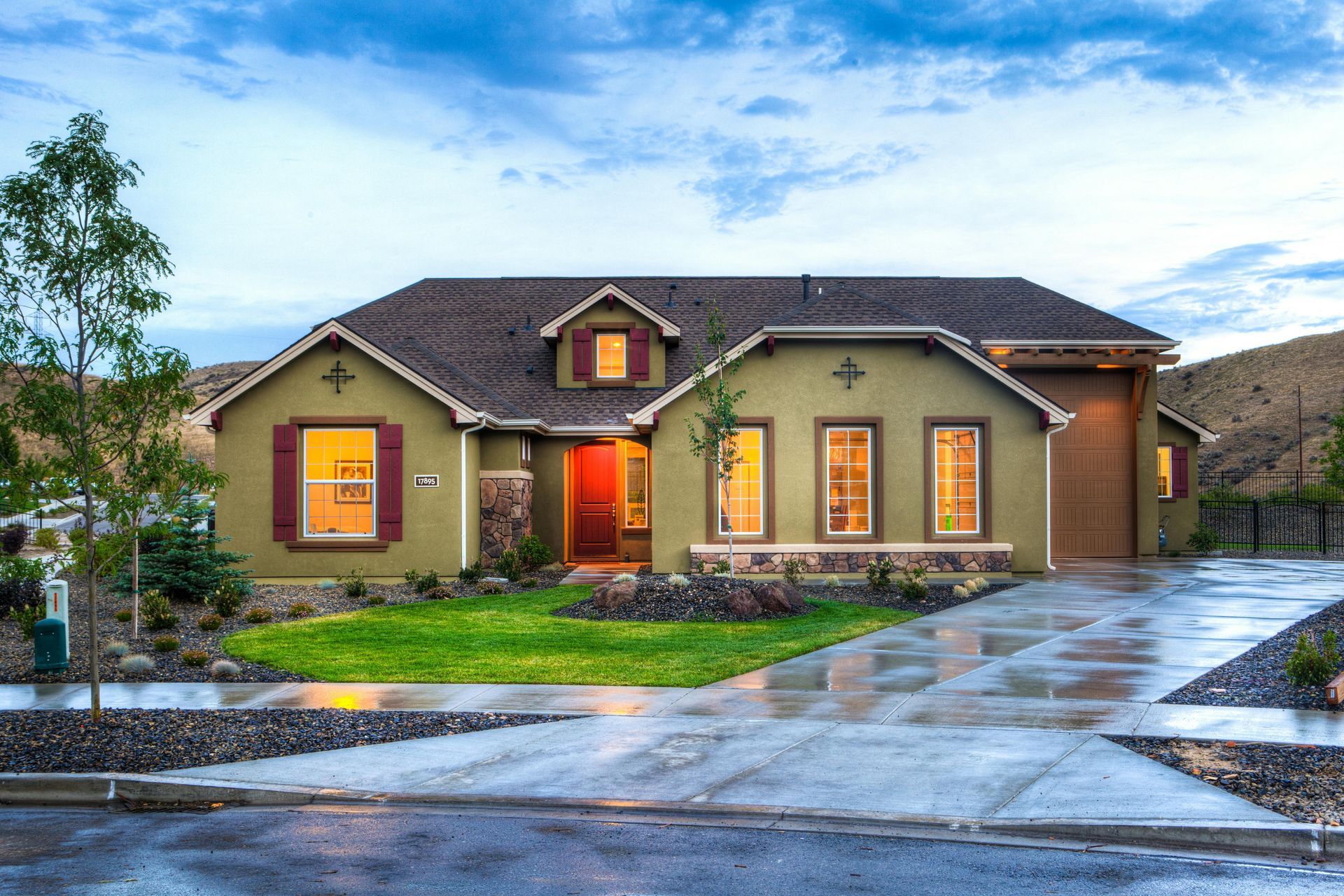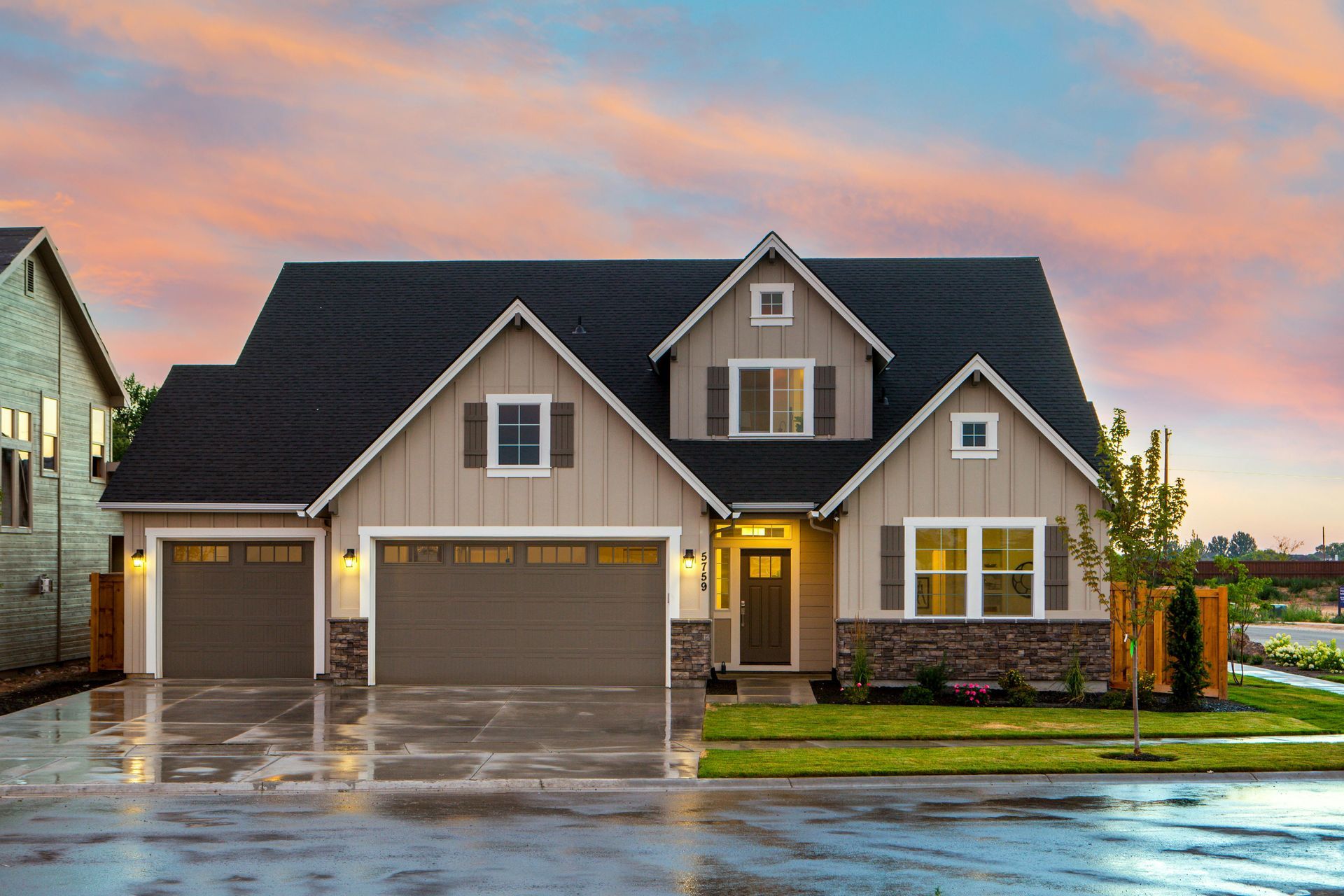The Milling and Resurfacing Process Explained: What Virginia Residents Need to Know

Maintaining pavement in Virginia requires regular attention, especially with weather changes and daily wear. Milling and resurfacing in Virginia are effective ways to restore the quality and safety of roads, driveways, and parking lots without costly full replacements.
Here’s a step-by-step look at the milling and resurfacing process to help you understand what to expect.
Step 1: Pavement Inspection and Assessment
Before any work begins, Aurora Paving & Concrete conducts a thorough inspection of your pavement. We evaluate:
- Crack patterns and severity
- Pavement thickness and base stability
- Drainage issues and slope conditions
- Overall wear and surface roughness
This helps determine if milling and resurfacing are the best options for your Virginia property.
Step 2: Milling the Existing Pavement
Milling removes the top damaged layer of pavement. Our milling machines use rotating drums with sharp teeth to grind away the surface uniformly. The removed material, called millings or reclaimed asphalt pavement (RAP), is often recycled for use in new pavement mixtures.
In Virginia, milling depths typically range from 1 to 3 inches, depending on damage severity and resurfacing plans. Proper milling ensures a smooth, even base that improves bonding with the new overlay.
Step 3: Surface Preparation
After milling, the surface is cleaned thoroughly to remove dust, debris, and loose material. Any weak spots or base failures are repaired to create a stable foundation for resurfacing.
Correct surface preparation is critical in Virginia’s variable climate to prevent premature pavement failures.
Step 4: Resurfacing
The new asphalt or concrete overlay is applied in layers using paving equipment. The overlay restores smoothness, improves drainage, and enhances structural integrity.
Resurfacing thickness depends on expected traffic loads and local regulations but typically ranges from 1 to 2 inches for asphalt overlays.
Step 5: Finishing Touches and Quality Control
Once resurfacing is complete, the pavement is compacted to maximize density and durability. Our crew performs quality control checks to ensure even thickness, proper compaction, and smoothness.
In Virginia, we also account for drainage and curb transitions to prevent water pooling and damage.
Why Milling and Resurfacing Are Cost-Effective in Virginia
Compared to full pavement replacement, milling and resurfacing are more affordable and less disruptive. They extend pavement life by fixing surface problems and improving structural capacity without extensive excavation.
For Virginia property owners, this means:
- Faster project completion
- Reduced material waste
- Lower labor costs
- Minimizing traffic interruptions
Aurora Paving & Concrete ensures that milling and resurfacing projects deliver the best value for your investment.





